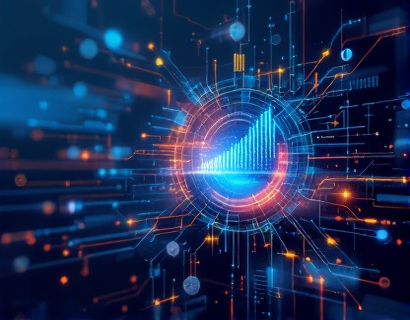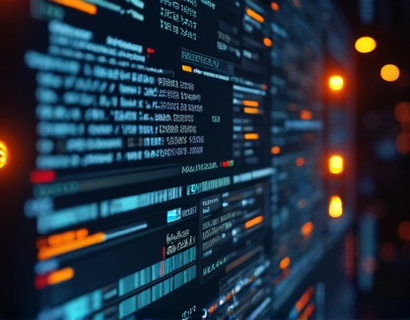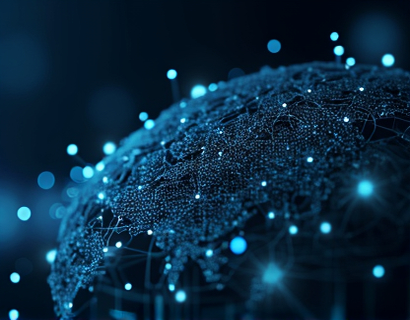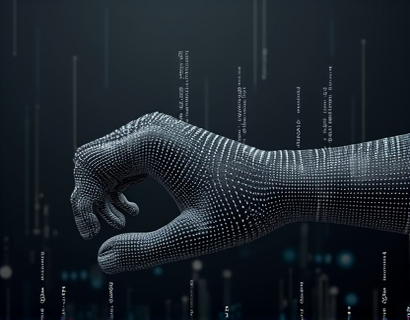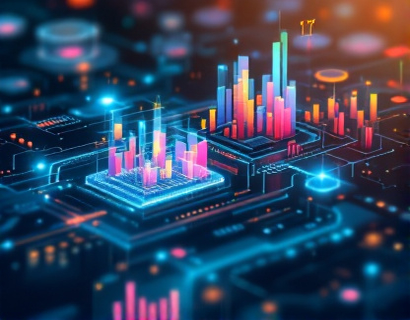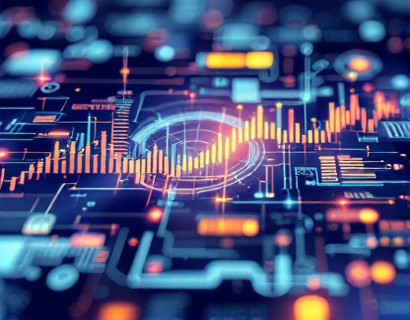Crypto-Powered Digital Transformation: Leveraging AI for Enhanced Ucosystem Engagement
The digital landscape is undergoing a profound transformation, driven by the convergence of cryptocurrency and artificial intelligence (AI). This synergy is not just a technological advancement but a paradigm shift that is redefining how users engage with digital ecosystems. In this comprehensive guide, we explore the innovative strategies and cutting-edge technologies that empower users to fully leverage the benefits of modern digital solutions, ensuring a seamless and enhanced experience in the rapidly evolving crypto and AI landscape.
Understanding Digital Transformation in the Crypto and AI Era
Digital transformation refers to the integration of digital technology into all areas of a business, fundamentally changing how it operates and delivers value to customers. In the context of cryptocurrency and AI, digital transformation takes on a new dimension. Cryptocurrency, with its decentralized and secure nature, provides a robust foundation for transactions and data management. AI, on the other hand, brings intelligent automation and personalized experiences to the forefront.
The combination of these technologies creates a powerful ecosystem where users can interact with services in a more intuitive, secure, and personalized manner. This ecosystem, often referred to as the Ucosystem, is characterized by its dynamic and adaptive nature, driven by real-time data and intelligent algorithms.
Enhancing User Engagement through Crypto-Powered Solutions
One of the key aspects of the Ucosystem is enhancing user engagement. Traditional methods of engagement, such as cookies and user profiles, are being replaced by more secure and privacy-focused approaches. Cryptocurrency enables micro-transactions and incentivization models that encourage active participation from users.
For instance, token-based reward systems can motivate users to contribute content, participate in community governance, or complete specific tasks. These tokens can be used within the ecosystem or exchanged for other assets, creating a closed-loop system that fosters continuous engagement. The use of blockchain technology ensures transparency and security, building trust among users.
Tokenization and Incentivization
Tokenization is a pivotal strategy in the Ucosystem. By issuing unique digital tokens, platforms can create value for users and stakeholders alike. These tokens can represent various forms of value, such as access to premium content, voting rights, or even a share in the platform's profits.
Incentivization through tokens aligns user interests with the platform's goals. For example, a decentralized social media platform might reward users with tokens for creating high-quality content or for engaging with others' posts. This not only increases user participation but also enhances the overall quality of the content within the ecosystem.
AI-Driven Personalization and Recommendation Systems
AI plays a crucial role in personalizing the user experience within the Ucosystem. Advanced algorithms analyze user behavior, preferences, and interactions to provide tailored recommendations and content. This level of personalization is unattainable with traditional methods, as it requires real-time data processing and machine learning capabilities.
For instance, an AI-powered recommendation system in a decentralized content platform can suggest articles, videos, or other media based on a user's past interactions and interests. This not only improves user satisfaction but also increases the time users spend within the ecosystem, leading to higher engagement and retention rates.
Predictive Analytics and User Behavior Forecasting
Beyond personalization, AI-driven predictive analytics can forecast user behavior and trends within the ecosystem. By analyzing historical data and identifying patterns, AI can predict future actions, such as which users are likely to churn or which content is likely to go viral.
These insights enable platform operators to proactively address potential issues and capitalize on emerging opportunities. For example, if the AI predicts a surge in interest for a particular type of content, the platform can proactively create and promote more of that content, keeping users engaged and satisfied.
Security and Privacy in the Ucosystem
Security and privacy are paramount in the Ucosystem, especially when dealing with cryptocurrency and sensitive user data. Blockchain technology provides a secure and transparent way to manage transactions and data storage. Each transaction is recorded on a decentralized ledger, making it tamper-proof and resistant to fraud.
AI enhances security by detecting and mitigating threats in real-time. Machine learning algorithms can identify unusual patterns or anomalies that may indicate a security breach. This proactive approach to security helps build user trust and ensures the integrity of the ecosystem.
Decentralized Identity Management
Decentralized identity management is another critical aspect of security in the Ucosystem. Traditional identity management systems are centralized, making them vulnerable to attacks. Blockchain-based identity solutions allow users to control their own identities, storing credentials and permissions on a personal blockchain wallet.
This not only enhances security but also gives users more control over their personal data. AI can further enhance this by automating the verification and authentication processes, ensuring that only authorized users access specific resources within the ecosystem.
Interoperability and Ecosystem Integration
Interoperability is essential for the success of the Ucosystem. Users should be able to seamlessly interact with different services and platforms within the ecosystem, regardless of the underlying technology. Cryptocurrency and AI facilitate this by providing standardized protocols and smart contracts that enable smooth interactions between decentralized applications (dApps).
Smart contracts, self-executing contracts with the terms directly written into code, ensure that transactions and agreements are executed precisely as intended. AI can optimize these interactions by predicting and adjusting to changing conditions, ensuring a smooth and efficient user experience.
Cross-Chain Solutions
Cross-chain solutions are becoming increasingly important as different blockchain networks emerge, each with its own strengths and use cases. AI can help bridge these networks by identifying the most efficient pathways for data and asset transfer. This not only enhances interoperability but also maximizes the utility of different blockchain platforms within the Ucosystem.
Challenges and Considerations
While the potential of crypto-powered digital transformation is vast, there are several challenges and considerations that must be addressed. One of the primary challenges is the regulatory landscape. Cryptocurrency and blockchain technologies are still evolving, and regulations vary significantly across different regions.
Platforms must navigate these regulations carefully to ensure compliance while maintaining the decentralized and open nature of the ecosystem. Additionally, user education is crucial. Many users are still unfamiliar with cryptocurrency and AI, and providing clear, accessible information is essential for widespread adoption.
Scalability and Performance
Scalability is another significant challenge. As the Ucosystem grows, it must handle increasing amounts of data and transactions without compromising performance. AI can play a role here by optimizing network operations, predicting bottlenecks, and automating scaling processes.
Moreover, the energy consumption associated with blockchain networks, particularly those using proof-of-work consensus mechanisms, is a growing concern. Exploring more sustainable consensus algorithms and integrating AI for energy optimization can help mitigate this issue.
Future Prospects and Innovations
The future of the Ucosystem is bright, with numerous innovations on the horizon. The integration of 5G and IoT technologies will further enhance the connectivity and real-time data capabilities of the ecosystem. AI will continue to evolve, bringing more advanced forms of personalization, automation, and predictive analytics.
Another exciting area is the development of more user-friendly interfaces and applications. As the technology becomes more accessible, a broader audience will be able to participate in the Ucosystem, driving growth and innovation.
Conclusion
The convergence of cryptocurrency and AI is revolutionizing digital transformation, creating a more secure, personalized, and engaging Ucosystem. By leveraging these technologies, platforms can offer unique value propositions that enhance user experience and foster active participation. While challenges exist, the potential benefits are immense, paving the way for a more connected and intelligent digital future.

























